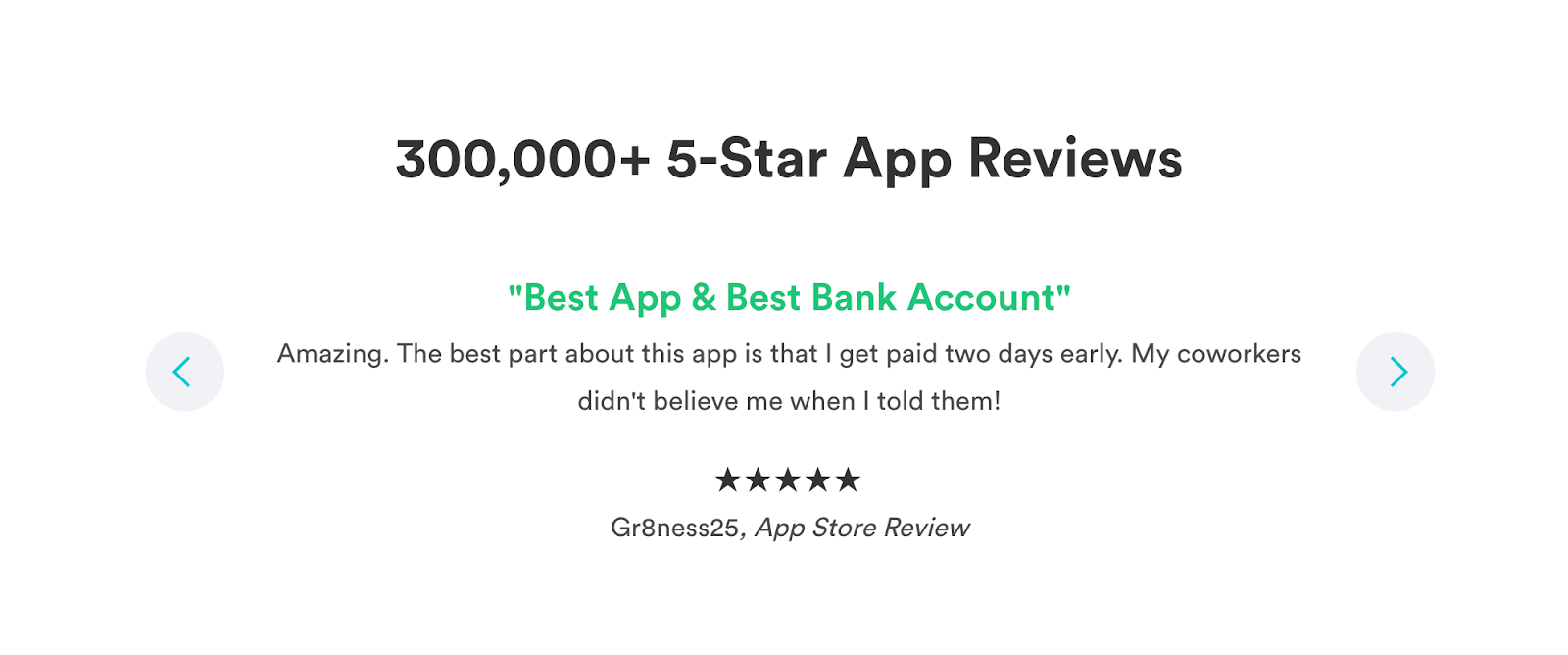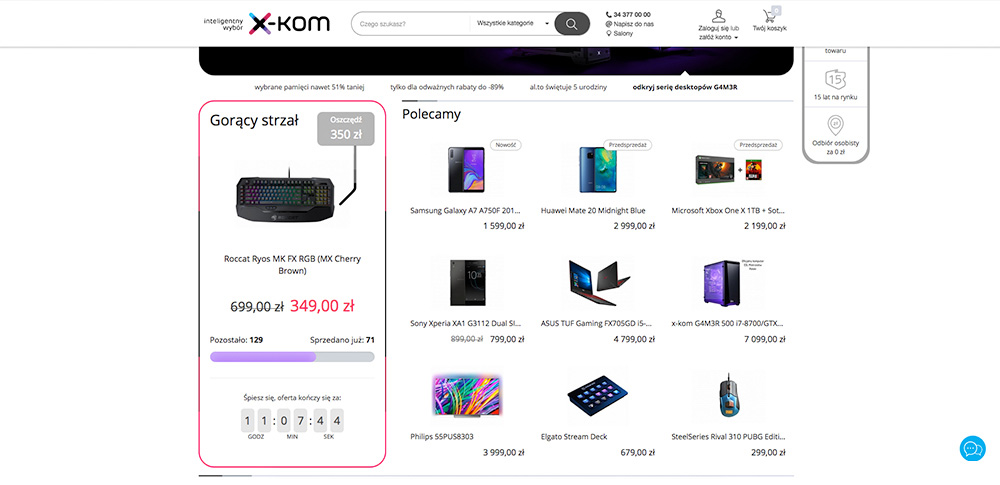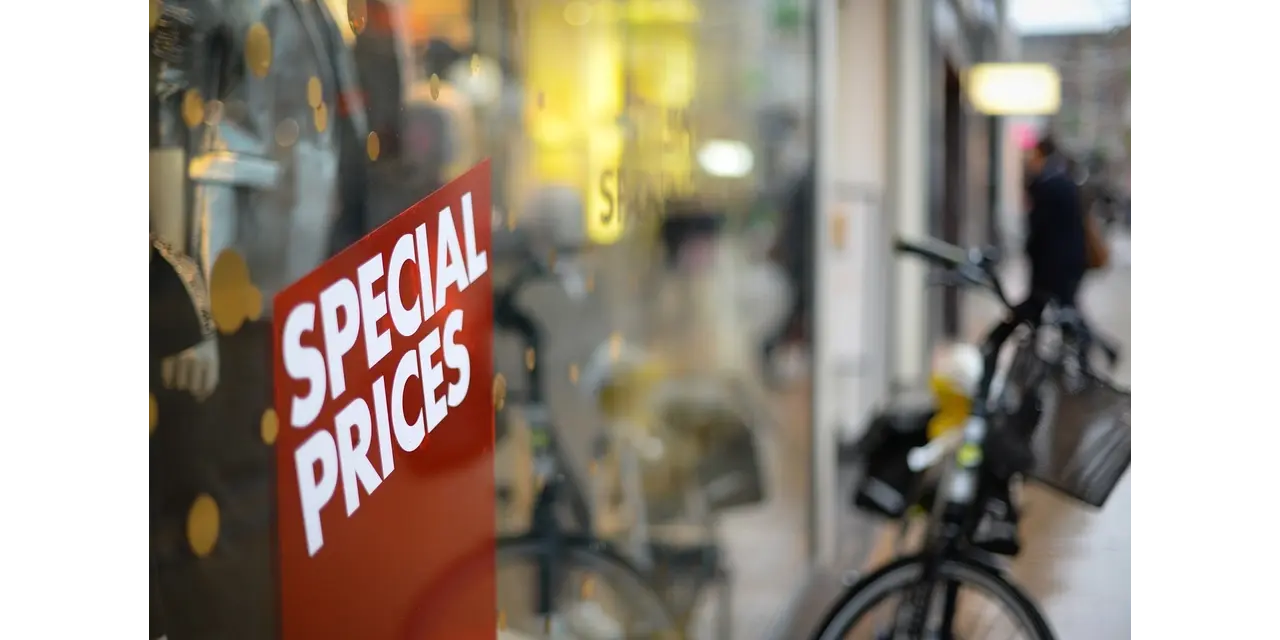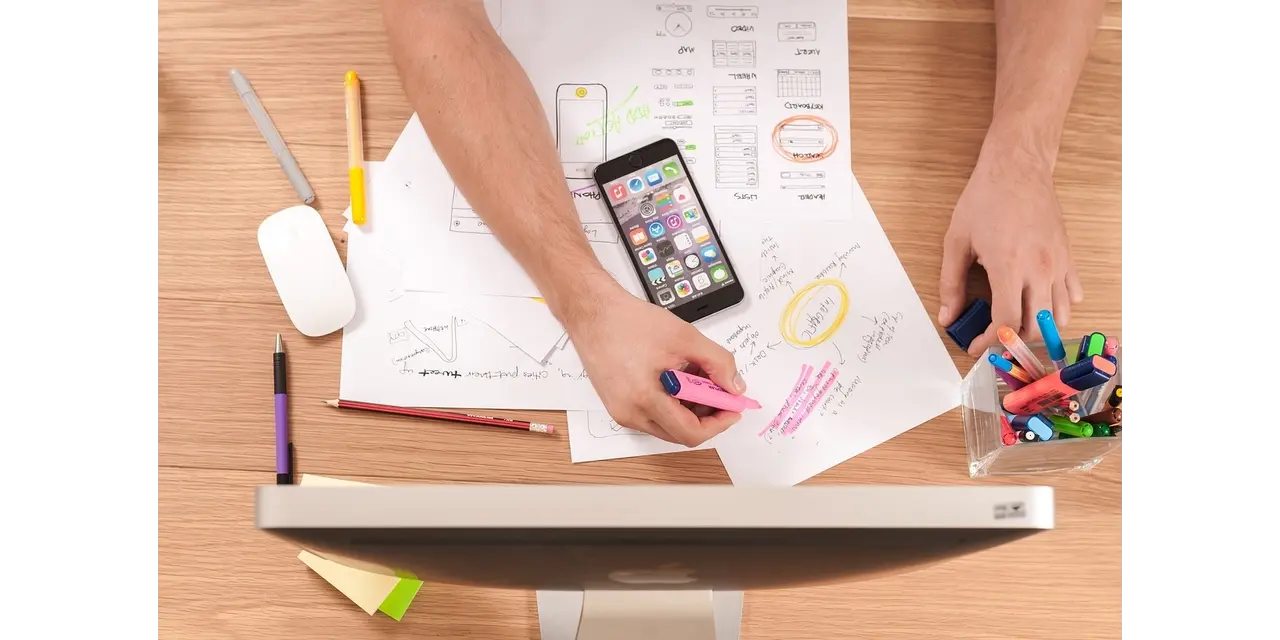In order to answer your request, we are obligated to process the data given above. Sometimes, however, we would like to use them for slightly different purposes, such as statistical data or informing you about our new products and services.We promise that we will use the given information for communication purposes only. We also remind you that you can unsubscribe from our mailing at any time (see Privacy Policy).
The human mind is undoubtedly extremely complex; however, sometimes it likes to take shortcuts and follow certain simplistic patterns - including when shopping online.
For professional eCommerce marketers, this is good news. After many years of research and analysis of shoppers' behavior, we can draw a lot of conclusions simply based on psychology. That is why today we are going to help you in our blog post - so that instead of going through many years of studies you can implement the most popular psychological tricks in e-shops right away.
Getting each customer to buy is not just a matter of offering free shipping, taking extra care of the pricing page, protecting customers from unexpected costs, and implementing a good UX for your website. Sometimes it's much more than that.
It has been known for a long time that emotions are a powerful tool that influences faster-purchasing decisions. If you are not sure if it can be triggered on request and lead to the desired action - today we will show you how to do it to boost the conversion rates and increase sales in your online stores.
Human psychology: how it works when shopping online
If you think that consumers make conscious purchase decisions based on the price and composition of various products, you are quite wrong. Research shows that 95% (!) of all buying decisions are made subconsciously.
This is due to the fundamentals of behavioral psychology. One of the most famous researchers in this field is Professor Daniel Kahneman, who was awarded the Nobel Prize in Economics in 2002. The researcher discovered that people make decisions based on two thought systems: system 1 and system 2.
System 1 is responsible for making quick decisions that do not require too much analysis. It is unconscious, automatic, and effortless. Moreover, it is responsible for 98% of decisions made by people.
It may seem obvious: if we were to thoroughly analyze every, even the smallest, action undertaken over days, we would simply... not have time for other activities. Choosing a yogurt in the store would take hours. Therefore, the human brain, when making such choices, cuts the proverbial corners. And remember that Kahneman also noted that statistically speaking, on average, each of us makes about 35,000 decisions during the day.
System 2, on the other hand, is the opposite of system 1 - it is slow, deliberate and conscious, effortful, and is responsible for rational thinking.
We use it relatively rarely - e.g. when deciding about taking a mortgage and analyzing all the pros and cons of the banks' offers (although nowadays younger generations make such decisions faster and on a different, less rational basis).
So why are these systems so important for an online store? Because as marketing managers we should create paths of associations places throughout the whole customer journey that our customers unconsciously follow on the way to the final purchase. In simpler terms, we want customers to buy our products using system 1.
Ecommerce site vs online shoppers
Ecommerce websites are the perfect place to catch the attention of potential customers and influence their decision-making process - to lead to the completion of the transaction.
Check which psychological triggers you can use to achieve this goal!
-
The FOMO effect (Fear Of Missing Out)
By definition, FOMO is a psychological effect manifested by the anxiety that arises when we fear we may be missing out on something: a valuable experience or a great bargain shopping offer.
When running an online business, you can take advantage of the FOMO effect in several ways:
-
by setting a time-limited offer - people tend to be more willing and quicker to buy products that will return to their regular, higher price after a certain period; limited availability is a better priced temporary offer is, therefore, a great way to boost sales;
-
communicate low stock levels for selected products - information that products are scarce and may soon run out effectively encourages customers to add items to their shopping cart. What's more, this trick doesn't only work in eCommerce - as you can see for yourself in the example of the hotel reservation portal below:

-
display countdown timers informing about time promotions and discounted price- 10% off only till the end of the day! 24h till the end of free shipping? Sound familiar? Of course, it does! And believe it - this popular tactic works great, because of loss aversion (and risk aversion too). The risk of not being able to complete the purchase in time may seem so great that to avoid it, it is better not to think too much and just click "buy now".
-
Elevate brand trust using Social Proof
Customers are social creatures. Ecommerce companies are happy to exploit this fact, using what they call social proof.
In his book "Influence: The Psychology of Persuasion", psychologist Robert Cialdini stressed that the public perceives a product better if it is recommended by others: by an authority in a particular field, by a celebrity, or simply by.... other buyers. This applies not only to sales - you are probably more likely to choose a restaurant with a lot of guests, subconsciously believing that so many people can't be wrong and that it serves excellent food. Other clients' opinions encourage customers to make a good deal and make a quick (and positive) purchase decision.
This psychological phenomenon is used by digital marketers often.

-
Decoy effect
To describe this phenomenon in the simplest terms, it is a psychological tendency, according to which clients tend to change their preference for two options if a third, potentially "more attractive" one appears. Then, the previous choice was just a decoy - which was known from the beginning not to be chosen and sold, but only to emphasize the competitiveness of the offer no.3.
Let's take a look at the simplest example, this time from the offline world: imagine you're going to the cinema - so you want to buy popcorn. You have a choice between a small pack for £3 and a large pack for £8. In this case, a large group of consumers will still choose option 1, the smaller one. But what happens if you add a third option: a medium pack for £7 to the offer...?
Most of the consumers will choose the large pack, and almost nobody will choose the medium pack! Even though theoretically we can choose it, our minds compare prices and immediately classify it as poor value for money, and therefore we will appreciate choice 3 more - and spend more, thinking we'll make a better deal and save money after all.
But is it possible to use this phenomenon in online sales, e.g. on product pages?
An exemplary use of this psychological trick was made by Nutribullet. It offers to sell, among others, 3 different blenders; one of them, costing $89, has 900 watts of power and 5 accessories. The other (for $149 - the most expensive option) - is 1200 watts and 12 accessories.
And then there's the 3rd middle option - priced at $125, 1000 watts, 9 accessories. In this light pricing, tiers seem obvious: the $149 option is a real bargain, right...?:) As you can see for yourself, perceived value can sometimes be very subjective.

-
Choice Paralysis: usefulness of the insulation effect
At first glance, it might seem that the larger the choice of products, the better for the customers - after all, in theory, the probability increases that everyone will find something in the assortment for themselves.
Unfortunately, theory and practice are two different things in this case - reality shows that the bigger the choice,... the lower the conversion rate. This is because people are often simply overwhelmed by choice.
As the number of choices increases, so does the time it takes to make a decision. This can cause people to leave your e-commerce site before the transaction is complete (staying on topic, check out our latest articles on how to avoid cart abandonment issues) - walking away from the computer to reconsider their purchase...and never come back.
The easiest way to avoid this kind of paradox is to reduce the product offer (or not to expand it to a large size in advance). At the end of the day, it all comes down to the sentence "the fewer options, the easier the choice".
However, as an eCommerce store you can play another psychological game - and use on your website the so-called isolation effect.
We are dealing with it in the case of visual distinction of the offer which we want to promote - and sell the most. The more the item stands out from the rest, the more it will attract the recipient's attention - and price does not play a role in this case. It is important to graphically highlight the product we care most about - for example by using a red frame and enlarging the offer in relation to the other items...

Summing Up
Sometimes getting customers to buy your product goes beyond simply offering good service, low price, adding outstanding product images and product descriptions, adding coupon code, free returns, or a free gift.
Running a business online requires not only the clever use of marketing and betting on a customer base approach - but also, in some situations, the use of knowledge about cognitive bias and other psychological aspects related to customer behavior.
Remember: behind every conversion optimization is a... psychological explanation. Knowing their role in the buying process and taking care of the website according to psychological guidelines is the real key to eCommerce success. A thorough analysis of the decision-making process leads to fairly straightforward to not only meet the increasingly rising expectations of each customer, but also to bring more value to your ecommerce budget.





